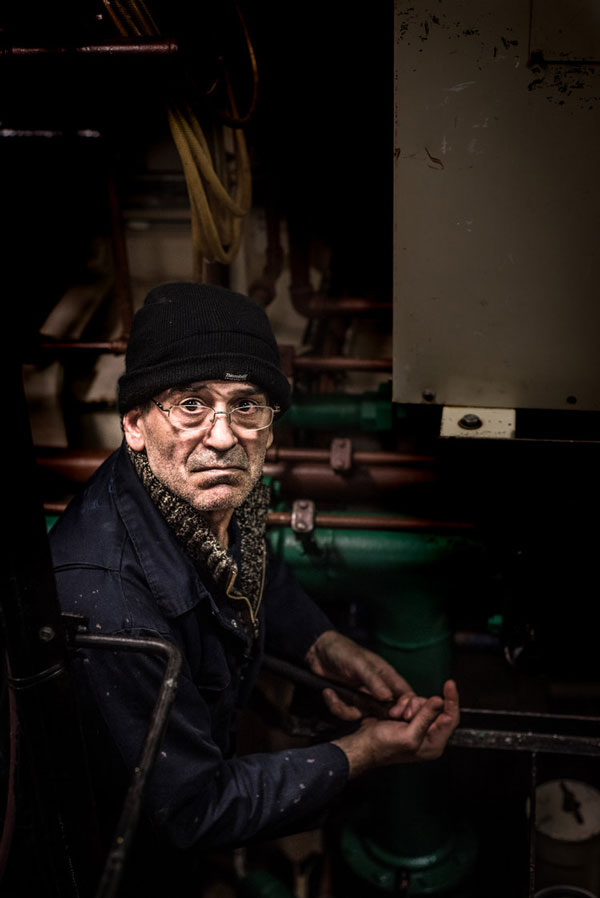A way of life
Joanne Coates spent more than three years working on a photo project documenting North Sea fishermen. Here she explains the motivation behind her remarkable pictures.

As a child we would set off for the coast early every Sunday: Grandad, Nanna, my brother and I. It was our family ritual seeing the sea every Sunday. It was on these trips to Scarborough, Whitby, Bridlington and all those in-between places that I began to catch glimpses of the fishing industry. Rubber boots here, nets there. Catching snippets of seafarers’ conversations. The frayed jumpers, the big smiles. I can’t explain the connection, but it was there.

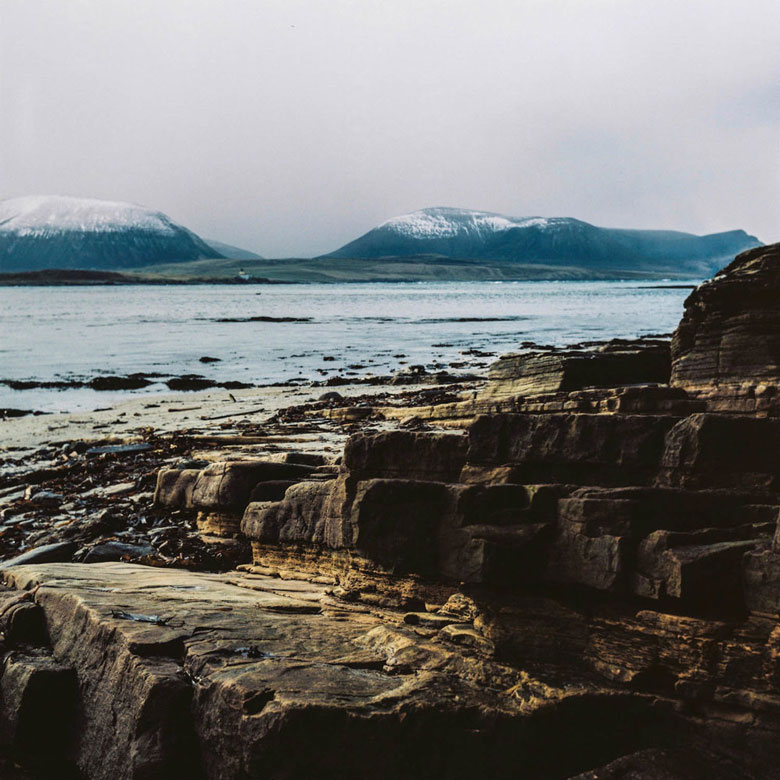
Throughout my years growing up on the coast, I would meet out-of-work fishermen. One friendly but mysterious man who always bowed his head and smiled. Ex-trawlermen who would have been working in the Arctic. Their faces, their stories enthralled me. In this photo project – “The Plight of the Fishermen” – I explore this connection and more. Those voices, the men of the sea, often go unheard in our society.


Fishing offers one of the last labour roles in our international market. Jobs like these, and with it this way of life, will soon be lost. These pictures were taken in the shellfish and fishing industry of the north of England and the north of Scotland. A comparison can sadly no longer be made with the northeast coast of England where the great docks of Hull and Grimsby are no more. A sign of the times.
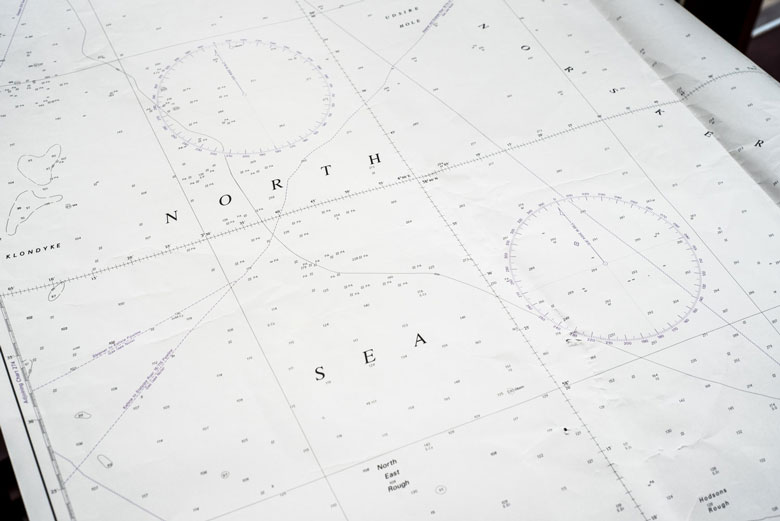
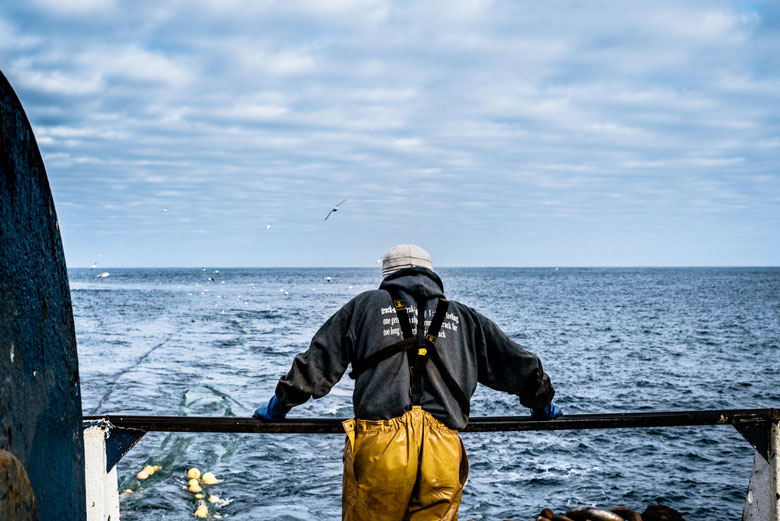

Images of fishing ports across the UK during the 1940s told an entirely different story. The docks were jammed with fishing boats. Nowadays fishing boats are sparse, due mainly to the disappearance of cod, haddock and plaice. Deep-sea fishing has given way to alternative methods and in-shore fishing. These once-thriving fishing communities are becoming an endangered species themselves. Many fishermen across the UK have lost their jobs in fishing but continue to work connected to the sea in some way.
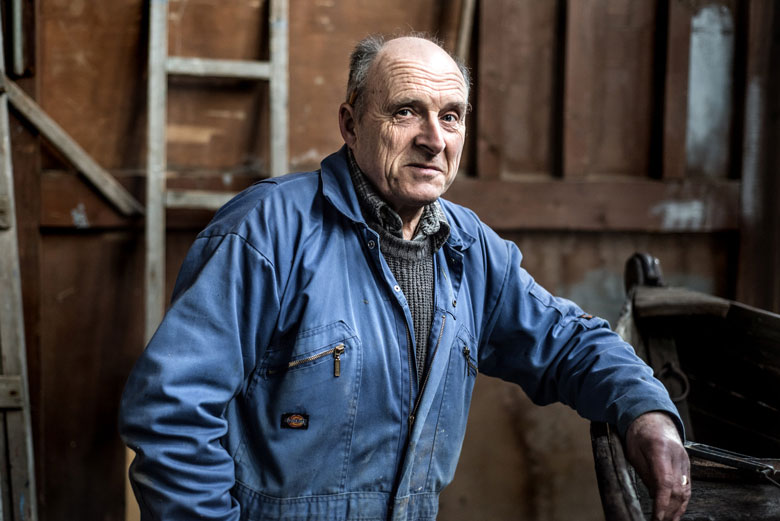
Fishing remains a hazardous business. Last year was a particularly sad one for the industry, with the highest number of fisherman deaths for a decade. Nine lives were lost at sea in the first six months alone, higher than the seven fatalities recorded in the whole of 2015.
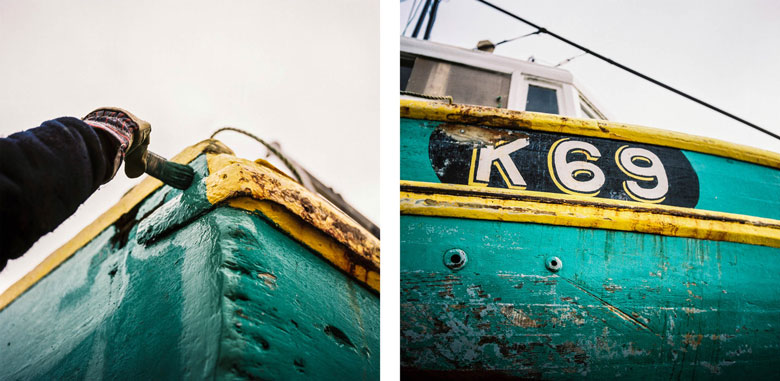


Orkney is home to Europe’s largest lobster hatchery, releasing over 100,000 lobsters annually. It’s managed by Orkney Sustainable Fisheries (OSF), an industry-run company that also carries out research projects on the local shellfish populations. Local fishermen work closely with researchers such as Matt Coleman and Beta Rodrigues, pictured here measuring landing sizes. OSF also works with Heriot Watt University Orkney Campus, alongside its course promoting interaction within the community. Funding for the hatchery is currently in question, putting its future in jeopardy.

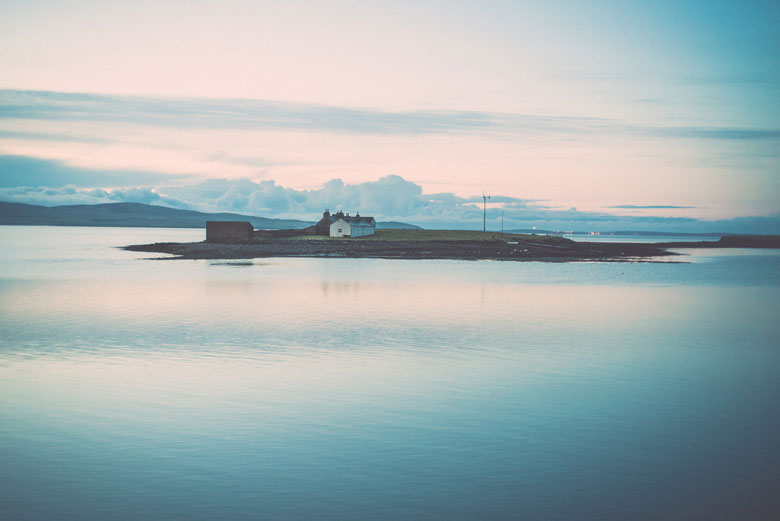
Many still romanticise the traditional image of the fishing industry: men with beards in oilskins. The intense labour and long days are less considered. Fishing is not only a job, but in fact a way of living.
